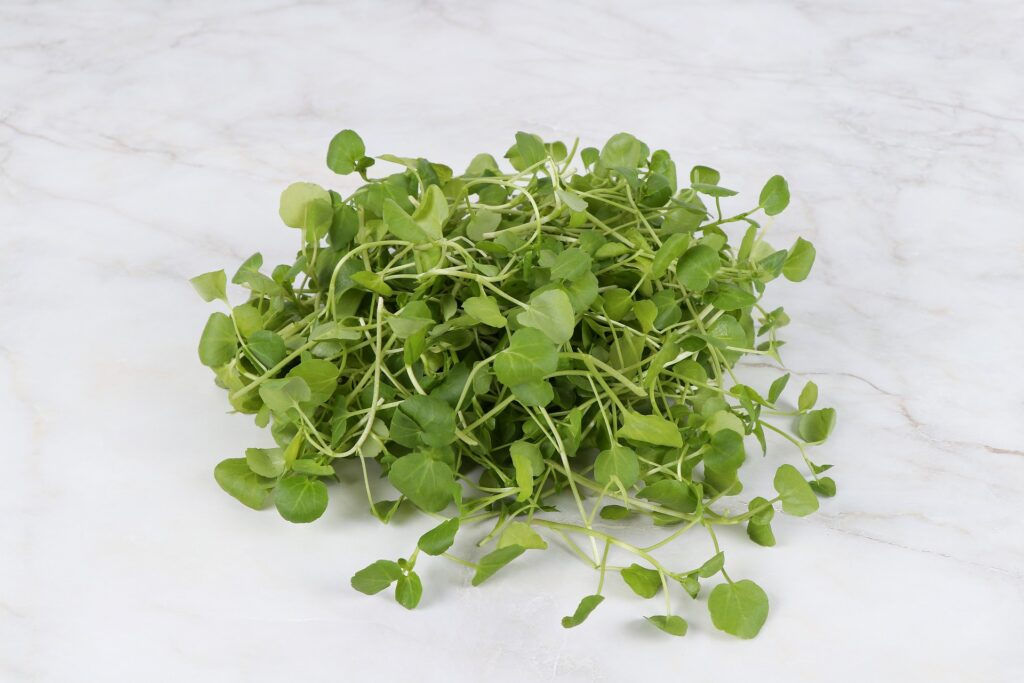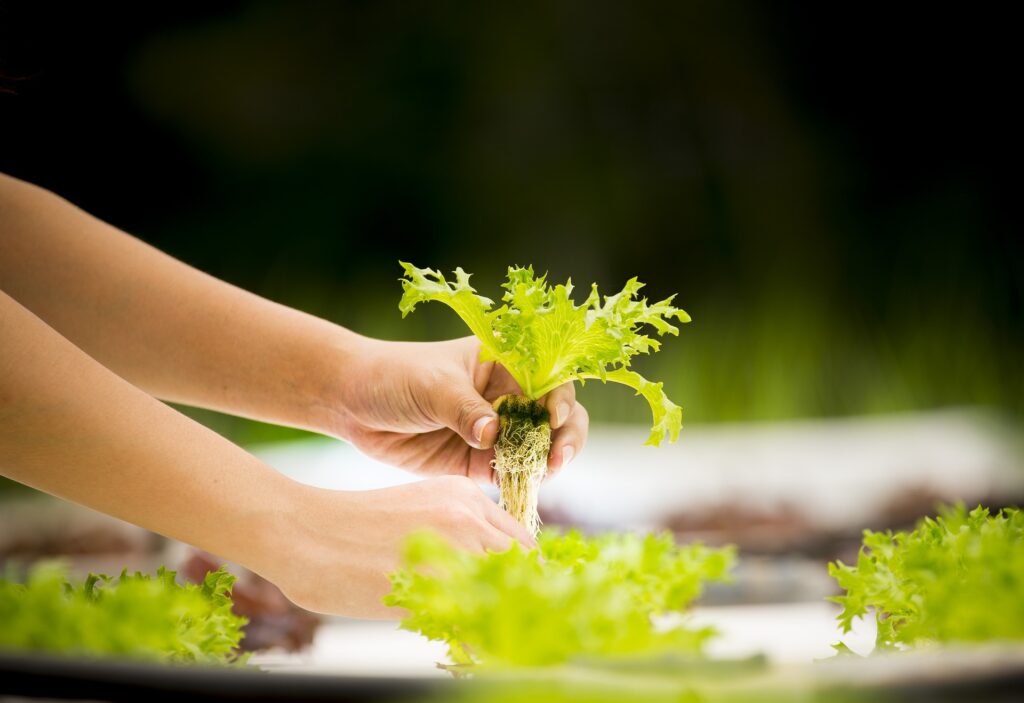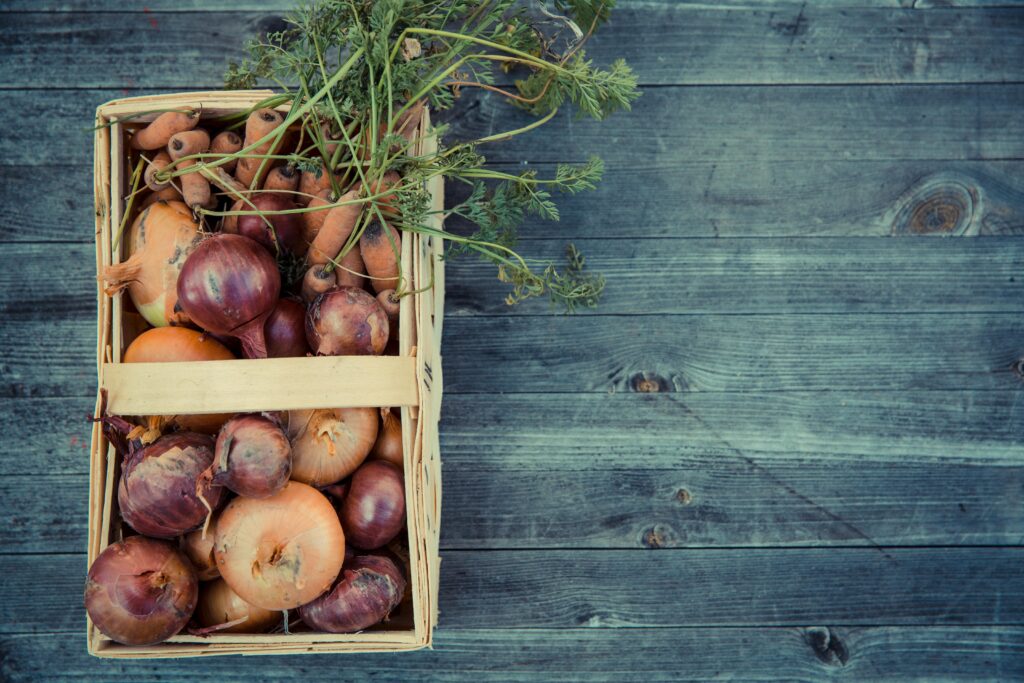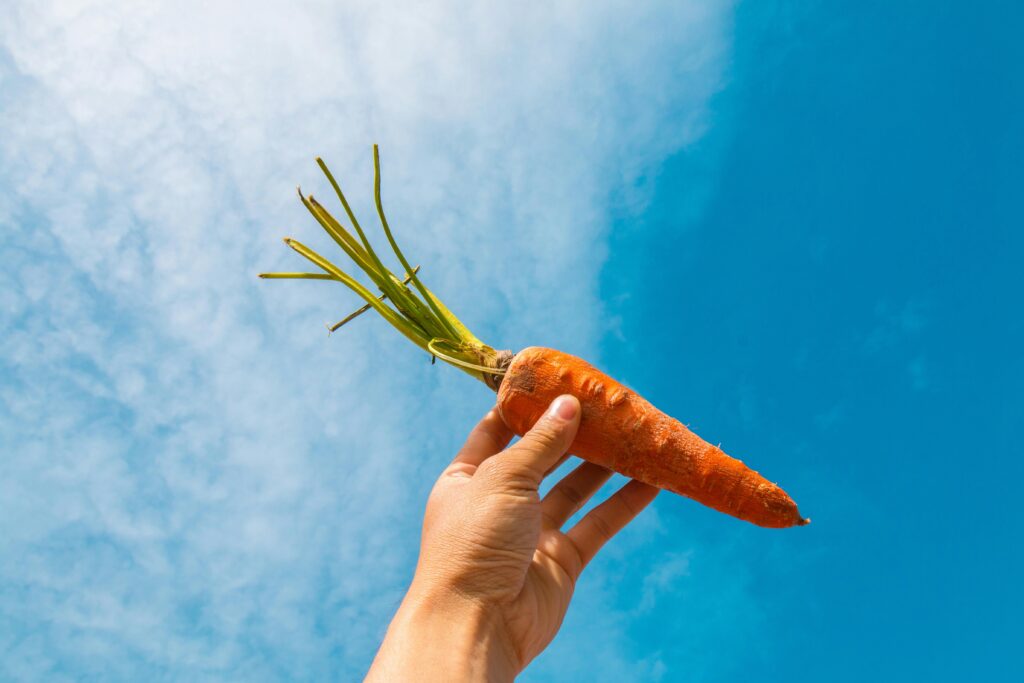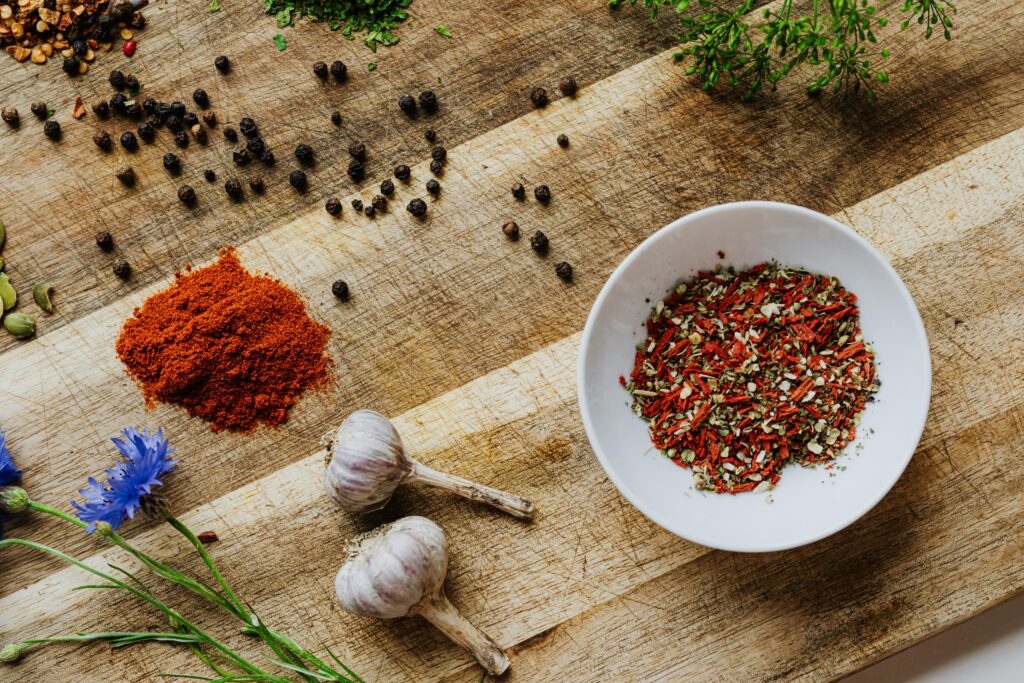Table of Contents
Introduction
Introduction: How to Grow Watercress
This blog offers a thorough guide on how to grow watercress, a peppery, vitamin-rich leafy green ideal for enhancing various dishes and providing health benefits. Aimed at gardening enthusiasts and culinary aficionados alike, the guide is designed to simplify the cultivation process, making it accessible whether one has a large garden or just a small balcony space. It covers every aspect of growing watercress at home, from selecting the right location and preparing the soil to daily care routines, promising a rewarding experience. Readers are invited to follow a step-by-step journey to not only grow watercress effectively but also to understand how it can transform both their meals and health, enriching their garden with this nutrient-packed green.
Understanding Watercress
Before we dive into the nitty-gritty of how to grow watercress, let’s take a moment to appreciate the plant itself. Watercress (Nasturtium officinale) is a fast-growing, aquatic or semi-aquatic perennial found in the Brassicaceae family, akin to mustard greens, kale, and broccoli. Not only does it offer a unique, peppery flavor that enhances culinary dishes, but it’s also renowned for its high nutritional value, being rich in vitamins and minerals.
This leafy green thrives in cool, flowing water and has been harvested for centuries, both as a food source and for medicinal purposes. From Europe to Asia, different cultures have integrated watercress into their diets and herbal remedies, appreciating its health benefits that range from boosting immunity to combating inflammation.
Watercress is not just a versatile kitchen ingredient; it’s also a powerhouse of nutrition. It contains more vitamin C than an orange, more calcium than milk, and more iron than spinach. With its high antioxidant content, watercress has been linked to reduced risks of chronic diseases, including certain types of cancer and heart disease.
Growing watercress at home means you can enjoy these benefits fresh from your garden. Whether used as a vibrant addition to salads, a nutritious boost in smoothies, or a flavorful garnish for dishes, watercress brings both health and taste to the table. Now that we have a deeper understanding of watercress, let’s prepare to grow this leafy superfood in our own spaces.
How to Grow Watercress: Preparation
Before you can enjoy the peppery taste of fresh watercress from your garden, there’s some groundwork to be done. Preparing adequately for growing watercress is essential to ensure the health and productivity of your plants. Here’s how you can set the stage for a flourishing watercress crop.
Choosing the Right Location
Watercress thrives in wet, but well-drained environments with access to plenty of sunlight. While it naturally grows in streams and creeks, you don’t need a running body of water in your backyard to cultivate watercress. You can successfully grow watercress in a water garden, a container with a constant water source, or even a damp, shady spot in your garden that can be kept moist.
Setting Up Your Growing Area
- In-ground garden: If you have a naturally moist or boggy area in your garden, this can be an ideal spot for watercress. Enhance the soil to retain more moisture by adding organic matter or clay.
- Containers: A large, shallow container or tray works well for watercress. Ensure it can hold water without leaking. Submerge the container in a larger basin of water or set up a drip system to maintain constant moisture.
- Hydroponic systems: Watercress can also be grown hydroponically, which allows for control over nutrients and water conditions. This method is ideal for those without garden space.
Soil, Light, and Water Requirements
- Soil: Watercress prefers a neutral to slightly alkaline pH. If you’re planting in soil, amend it with compost to improve fertility and water retention.
- Light: Aim for a location that receives full sun to partial shade. While watercress can tolerate shade, more sunlight promotes vigorous growth.
- Water: The key to growing watercress is consistent moisture. The soil or growth medium should always be wet. If you’re not using a natural water source, set up a system to keep the growing area continuously moist.
Tools and Materials Needed
- Watercress seeds or starter plants
- Large, shallow planting container (if not planting directly in the ground)
- Organic compost or soil amendment
- pH test kit (optional)
- Watering system or materials for a DIY setup
With your growing area set up and the right conditions in place, you’re now ready to plant your watercress. Remember, the success of how to grow watercress relies heavily on maintaining the correct moisture levels and providing adequate sunlight. With the preparation complete, we’ll next explore the step-by-step guide on how to plant and care for your watercress, ensuring a bountiful harvest.
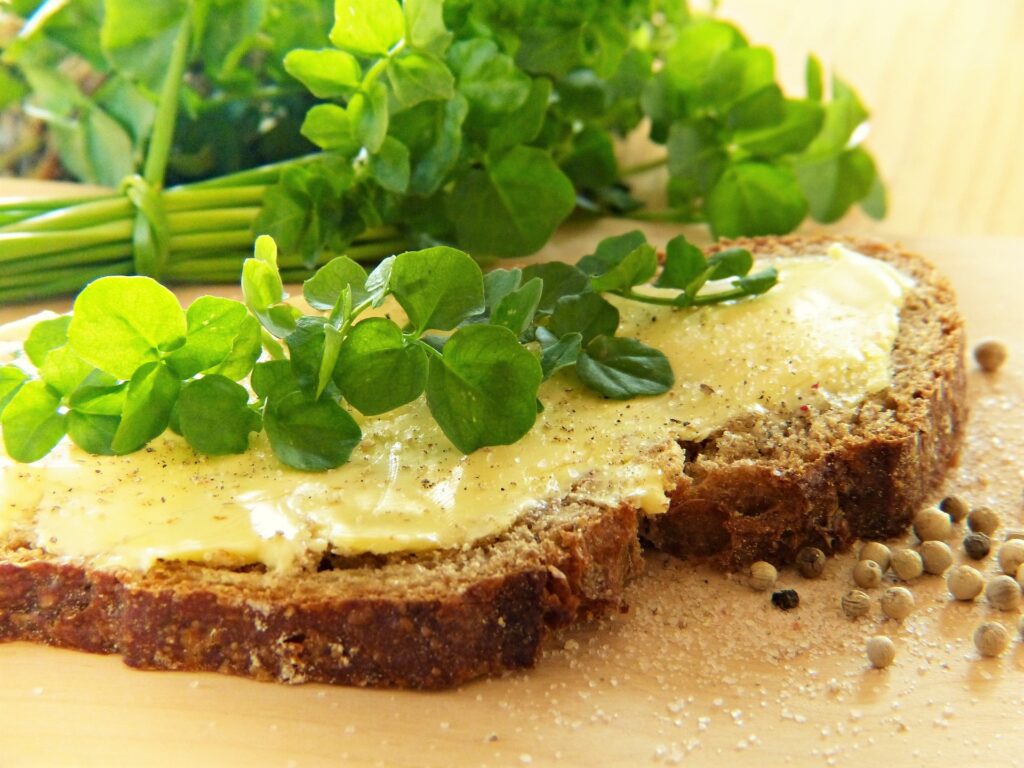
How to Grow Watercress: Step-by-Step Guide
How to grow watercress at home is a rewarding venture that brings fresh flavors to your table. Follow this step-by-step guide to cultivate and enjoy your own supply of this nutritious leafy green.
Step 1: Soil Preparation and Water Setup
Start with ensuring your chosen area or container has moist, well-draining soil enriched with organic compost. If using a container, fill it with a mix of potting soil and compost, then place it in a larger tray filled with water to maintain constant moisture. For in-ground planting, amend the soil as needed to improve water retention.
Step 2: Planting Watercress Seeds or Starter Plants
- Seeds: Scatter watercress seeds lightly over the surface of your soil or growth medium. Do not cover the seeds with soil, as they need light to germinate. Keep the soil moist until germination, which typically occurs within 5 to 7 days.
- Starter Plants: If you have watercress starter plants, plant them in the moist soil, spacing them about 8 inches apart to allow for spreading and growth.
Step 3: Daily Care (Watering, Sunlight, and Temperature Control)
- Watering: The most crucial aspect of growing watercress is keeping the soil or growth medium constantly wet. Check the moisture level daily, especially in warmer weather, to ensure it never dries out.
- Sunlight: While watercress tolerates partial shade, providing 4-6 hours of sunlight daily will promote healthier growth. If growing indoors or in a shaded area, consider using grow lights.
- Temperature: Watercress prefers cooler temperatures, ideally between 50°F and 70°F. Protect plants from extreme heat by providing shade or moving containers to cooler areas during hot spells.
Step 4: Managing Pests and Diseases
Watercress is relatively hardy but can be susceptible to pests like aphids and diseases such as leaf spot. Regularly inspect your plants and address issues promptly with organic pesticides or natural remedies. Ensuring good air circulation and avoiding overcrowding can also help prevent disease.
Step 5: How to Grow Watercress: Harvesting
- Watercress can be harvested as soon as it reaches a suitable size, usually about 3 to 4 weeks after planting. Cut the leaves with scissors, leaving at least an inch of the plant base for regrowth.
- Regular harvesting encourages new growth, allowing you to enjoy fresh watercress throughout the season.
With proper care and attention, your watercress plants will thrive, providing you with a steady supply of fresh greens. Remember, the key to successful watercress cultivation is maintaining constant moisture and providing adequate sunlight and nutrients.
Tips for a Successful Watercress Garden
How to grow watercress can be straightforward and rewarding with the right knowledge and care. Here are some expert tips to ensure your watercress thrives, providing you with a bountiful harvest of this peppery green.
Consistent Moisture is Key
The single most important factor in growing watercress successfully is maintaining constant soil moisture. Whether you’re growing in-ground, in containers, or hydroponically, ensure your watercress has access to water at all times. If the soil or water dries out, your plants may struggle or even perish.
Adequate Lighting Matters
While watercress can grow in partial shade, it does best with plenty of sunlight. Aim for at least 4-6 hours of direct sunlight each day. If you’re growing watercress indoors or in a shaded area, consider using grow lights to supplement natural light.
Fertilizing Your Watercress Plants
Watercress benefits from regular feeding, especially if you’re harvesting it frequently. Use a balanced, water-soluble fertilizer every 4-6 weeks to nourish your plants. However, avoid over-fertilizing, as this can lead to excessive growth at the expense of flavor.
Common Mistakes to Avoid
- Letting the Soil Dry Out: This is the most common mistake. Always check the moisture level to ensure the soil remains wet.
- Overcrowding: Plant watercress with enough space to grow. Overcrowded plants can lead to poor air circulation, which increases the risk of disease.
- Ignoring Pests and Diseases: Keep an eye out for common pests and diseases. Address any issues promptly to prevent them from spreading.
By following these tips, you can enjoy the process of how to grow watercress, ensuring healthy plants that yield fresh, flavorful leaves. Watercress not only enhances your garden with its vibrant green leaves but also brings a nutritional boost to your meals.
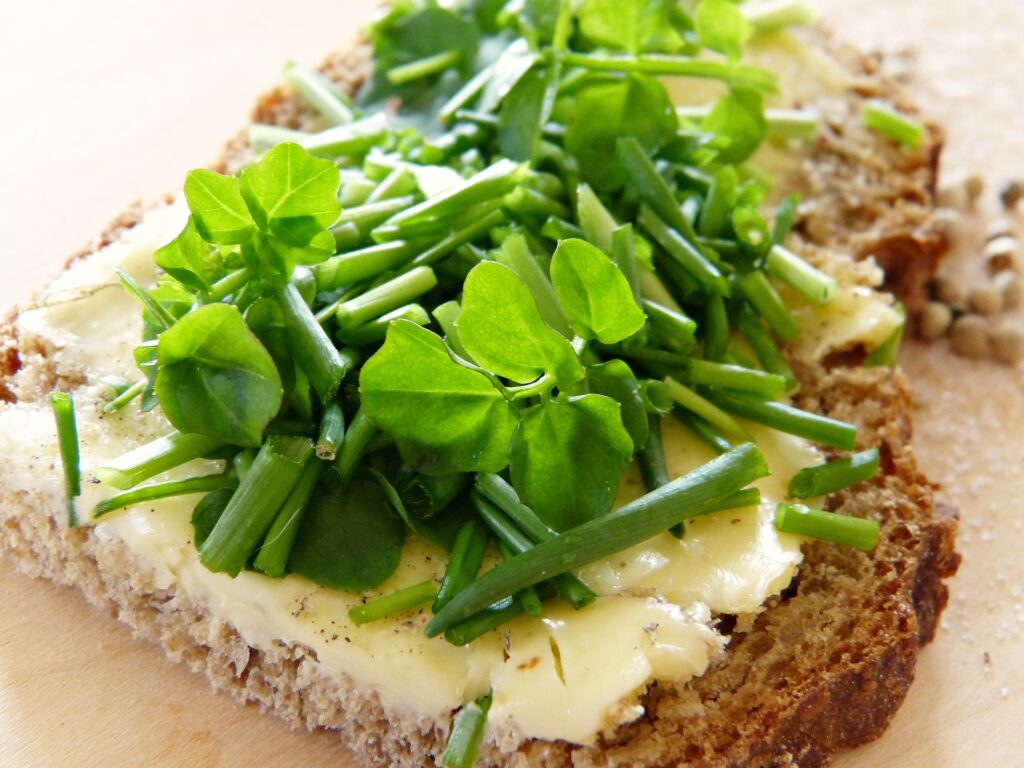
Using Your Homegrown Watercress
Once you’ve mastered how to grow watercress and harvested your crop, the next delightful step is incorporating this peppery green into your meals. Watercress is not only nutritious but also versatile in the kitchen, adding a burst of flavor and color to a variety of dishes.
Culinary Ideas for Fresh Watercress
- Salads: Watercress adds a peppery kick to salads. Combine it with milder greens like lettuce or spinach, and toss with your favorite dressing for a refreshing salad.
- Soups: Blend watercress into soups for a nutrient-packed dish. Watercress soup, often made with potatoes and onions, is a classic, creamy delight.
- Sandwiches and Wraps: Use watercress as a spicy alternative to lettuce in sandwiches and wraps. Its distinct flavor pairs well with both meat and vegetarian fillings.
- Smoothies: For a health boost, add a handful of watercress to your morning smoothie. It pairs well with fruits like pineapple, apple, and citrus, balancing its peppery taste.
- Pesto: Replace basil with watercress to create a unique version of pesto. Use it as a pasta sauce or a spread for a twist on traditional recipes.
Storing and Preserving Watercress
To extend the shelf life of your harvested watercress, keep it in the refrigerator. Wrap the stems in a damp paper towel and place the leaves in a plastic bag. Properly stored, watercress can last up to a week. For longer preservation, consider freezing watercress or incorporating it into pesto or soup that can be frozen and enjoyed later.
Growing watercress at home not only provides you with a steady supply of this leafy green but also encourages creative culinary exploration. From enhancing everyday dishes to experimenting with new recipes, watercress is a worthy addition to your home garden and kitchen repertoire.
FAQ Section
How long does watercress take to grow?
Watercress grows quite rapidly under the right conditions. From the time of planting, you can expect to see germination within 5 to 7 days. Watercress is ready for its first harvest about 3 to 4 weeks after planting. Regular harvesting encourages continuous growth, allowing you to enjoy watercress throughout the growing season. Keep in mind, the plant thrives in cooler temperatures and may grow more slowly or bolt in hotter conditions.
Can watercress be grown indoors?
Absolutely! Watercress can be successfully grown indoors, making it a year-round option for gardeners without outdoor space or those looking to enjoy fresh greens even in colder months. Use a shallow tray or container and ensure it has constant access to water. Place your watercress in an area that receives at least 4-6 hours of sunlight daily, or use grow lights to supplement light exposure. The key is to maintain the soil’s moisture and provide enough light for healthy growth.
What are the best companions for watercress in the garden?
Watercress doesn’t have specific companion plants but grows well alongside other moisture-loving plants in a water garden setting, such as mint or celery. However, it’s important to keep in mind that watercress can be invasive, so it may be best to grow it in containers or designated areas to prevent it from overtaking other plants. Additionally, practicing crop rotation and spacing can help maintain a healthy, diverse garden ecosystem.
How do you prevent watercress from bolting?
Bolting, or going to seed prematurely, is a common issue with watercress, especially during long days and hot temperatures. To prevent bolting, grow watercress in cooler conditions, provide adequate water, and ensure it receives some shade during the hottest part of the day. Harvesting regularly can also help keep the plant focused on leaf production rather than seeding.
Is watercress prone to any pests or diseases?
While watercress is relatively hardy, it can be susceptible to pests such as aphids and diseases like powdery mildew or leaf spot. Regularly inspect your plants for signs of pests or disease. Implementing good garden hygiene practices, such as proper spacing for air circulation and avoiding overhead watering, can help minimize these issues. For pests, consider using organic pest control methods like neem oil or insecticidal soap.
Conclusion
In conclusion, mastering how to grow watercress is a journey well worth embarking on for any gardening enthusiast or culinary adventurer. This peppery green not only enhances your garden with its vibrant foliage but also brings a nutritional powerhouse to your kitchen. By following the steps and tips provided in this guide, from preparation and planting to care and harvesting, you can enjoy the crisp, fresh taste of watercress in a myriad of dishes. Remember, the key to a bountiful watercress harvest lies in maintaining consistent moisture, providing adequate sunlight, and regular harvesting to encourage growth.
Embrace the joy of how to grow watercress and let it inspire creativity in your cooking, enriching your meals with flavor and nutrition. With a little patience and care, you’ll discover the rewards of cultivating this versatile and beneficial plant right in your own backyard or windowsill.

